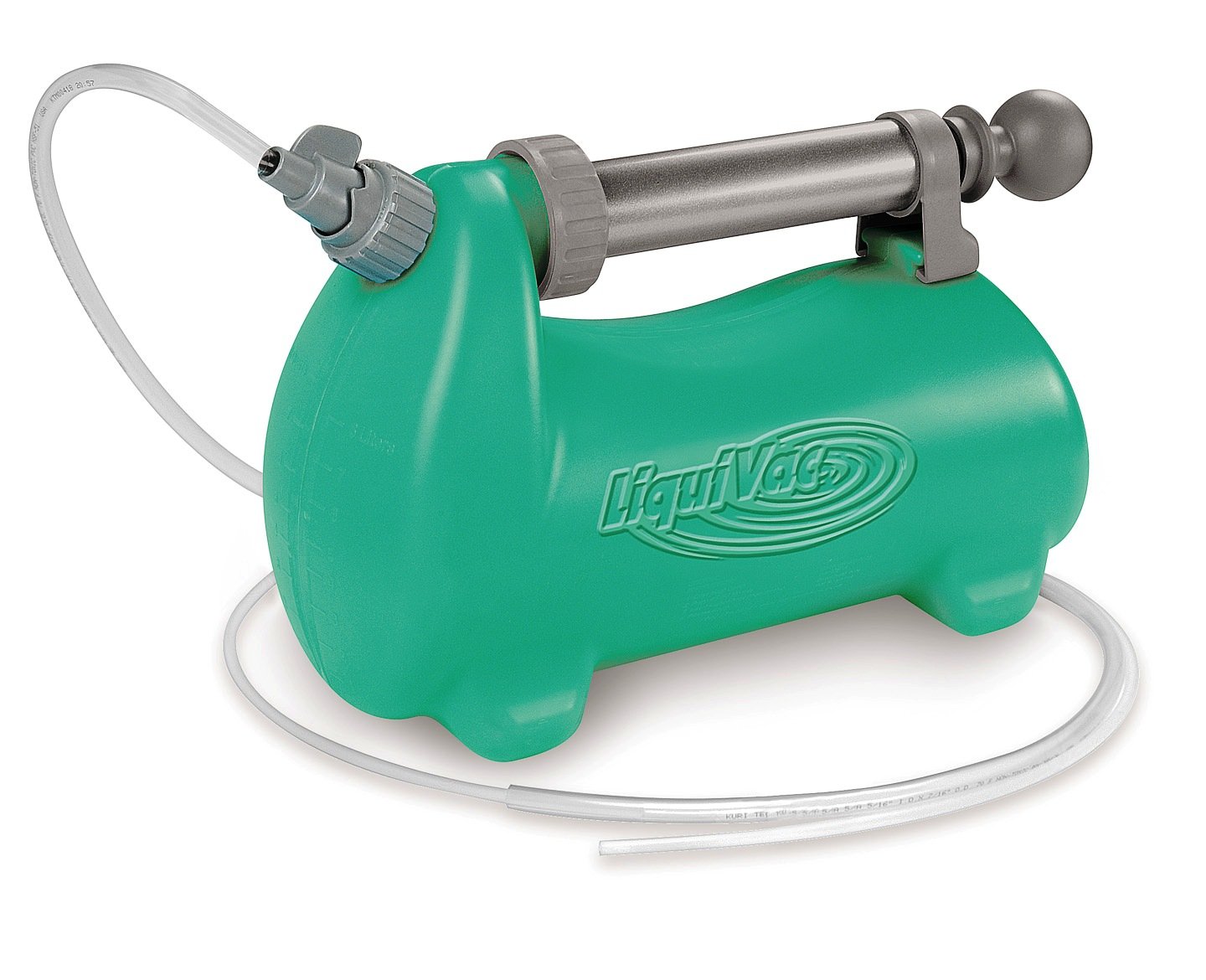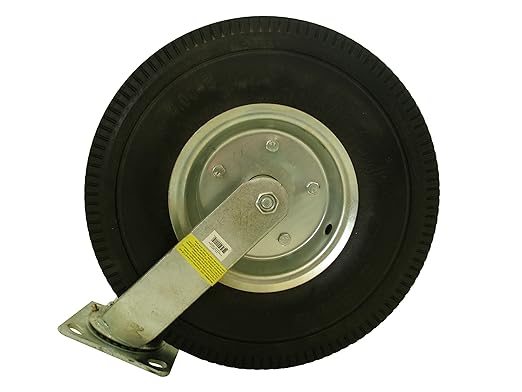By using a kinetic splitter you are changing the way you split wood.
I would add a caution, or two:
-Keep your back and neck straight, and your head out of the vertical plane of the beam to avoid eating summersaulting splits.
-Keep your fingers on top of the wood, or grasped on the side of the wood when resplitting, and fingers off the ends at all times. When grabbing on the side, keep fingers from sliding on table surface, as there is a pinch point where the gap stops between the table and beam at the wedge.
-Adhere to the sticker that says 'One person operation', (or something like that).
-Read the assembly and instruction manual completely. The handle nuts should allow vertical play of the handle on the engagement shaft.
-a typical retracting issue, and it will occur, is alignment of the cam roller on top of the beam. Turn machine off. Tap cam lightly on one side or the other. Pull ram out manually and release to check alignment. Also check all five cam followers to see if they spin freely.
-an old hand saw is a thin, good tool to clear buildup under the push plate between the beam and brass wear plate.
-splitter trash can wedge under push plate. A 9/16" wrench is handy to loosen the six push plate bolts that connect the lower cam follower brackets. You will also need a 1/2" and 7/16" wrench handy to pull the cover for maintenance. Pretty simple.
-a 2' L-bar, or pry bar, is handy to unstick the push plate if it jambs against a split when extended. This is often caused by side pressure on the push plate if a round has a twist. I keep it within arms reach when I'm splitting.
-I think I've mentioned before, I hit the top corner of the wedge with a hand file to dull it. At some point you will probably back hand it a time or two when reaching over or around it.
-vary engine speed to find the sweet spot for engagement. Mine varies from day to day between 3,500 and 3,700 rpms.
_I would suggest an hour meter. Ive recently added one as I do 1/4 cord at a time so lots of on/off during a day, fifteen to twenty minutes at a pop. It adds up quick and easy to loose track of accumulated hours.
Not trying to be a know it all. Just passing along a few things that have come up the past couple seasons and have found to make things run smoother. I just pulled the engine to change oil, clean it up, grease the flywheel shaft zerks, and look it over. Three years old and a few cord behind it.
Very good choice of splitters. I believe the more you use it the more you will like it.
Retracting can be an issue, and tapping the top cam roller to realign will typically solve it, being the main thing.
And ask yourself the question before you engage the handle... Do you know where your fingers are?
Dancan got it right in the last post...





















